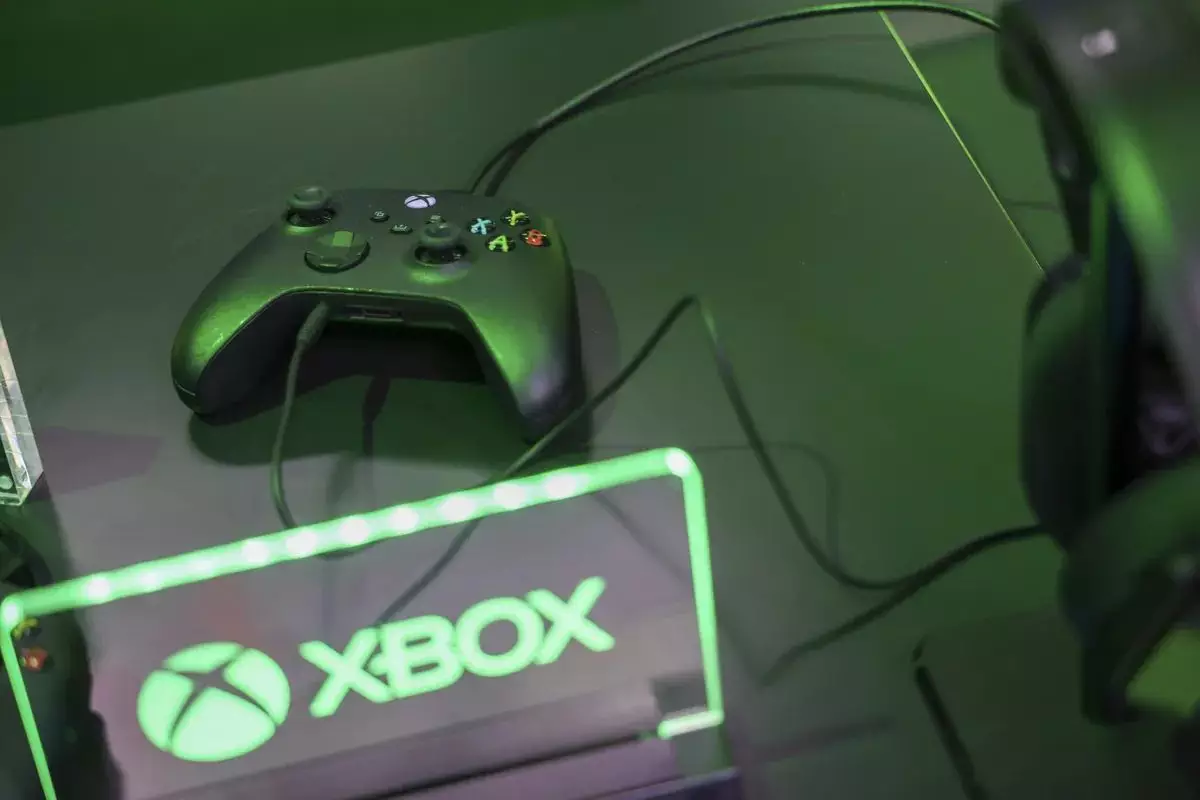The upcoming Gamescom 2025 marks a pivotal transformation in how Microsoft approaches its gaming reveals, signaling a shift from traditional, single-event presentations to a dynamic, multi-day spectacle packed with innovation and player interaction. This strategic move underscores Xbox’s ambition to redefine digital fan engagement, creating an expansive, immersive experience that blurs the lines between casual viewership and active participation. By adopting a structured schedule that spans five days, Microsoft is turning what once was a single performance into a continuous storytelling journey, emphasizing gameplay, developer transparency, and community building.
This approach demonstrates a commendable understanding of modern gaming audiences—those who crave constant updates, behind-the-scenes insights, and a sense of belonging. Instead of floodgates opening once or twice a year, fans now get a steadier drip of content, fostering anticipation and sustaining interest. Such a strategy is characteristic of a platform that recognizes the value of sustained engagement over fleeting spectacles. It’s a bold move that not only elevates Xbox’s presence at Gamescom but also signals a commitment to innovating how gaming companies connect with their communities.
Strategic Focus on Gameplay & Developer Transparency
One of the most striking aspects of Xbox’s comprehensive schedule is its emphasis on gameplay and developer storytelling. The event’s structure ensures that each day offers a different theme—like “World Building Wednesday” or “Indie Spotlight Thursday”—which keeps the content fresh and caters to diverse interests across the gaming spectrum. These thematic segments serve as a bridge to deeper understanding, offering fans a holistic view of upcoming titles, from AAA blockbusters like Gears of War: Reloaded to indie gems that often fly under the radar but harbor significant potential.
The inclusion of in-depth developer interviews and gameplay walkthroughs reveals a nuanced understanding of what gamers want: authenticity and insight. By spotlighting systems like magic in Avowed or survival mechanics in State of Decay 3, Xbox provides layers of depth, inviting players to dive into game design philosophies and future possibilities. This transparency fosters trust, excitement, and a sense of ownership among fans—traits that are often overlooked in traditional reveal events. It positions Xbox not just as a publisher, but as a passionate curator of gaming culture.
Strategic Teases and Mystery Elements
Microsoft’s calculated withholding of certain reveals—evoking “One More Thing” moments—serves as a masterstroke in building suspense. These cryptic hints, combined with vague placeholders like “Exclusive Reveal Showcase,” serve to stoke rumor mills and elevate community chatter, making the event itself an interactive puzzle. This deliberate ambiguity does more than generate hype; it fosters a culture of speculation that keeps fans glued to streams and social media conversations.
Furthermore, the promise of potential hardware refreshes, cloud gaming updates, or long-awaited franchise returns signals that Xbox aims to elevate the event beyond just software reveals. Such teasers hint at a broader ecosystem evolution—potentially a new console, improved cloud infrastructure, or even unexpected franchise comebacks like Perfect Dark—that could reshape the gaming landscape. It’s a calculated risk that could pay dividends in maintaining Xbox’s upward trajectory and positioning the brand as an innovator willing to surprise its audience.
Community at the Core of the Experience
A defining feature of Xbox’s strategy is its focus on community interaction. With dedicated segments like “Community Friday” and live polls embedded in streams, the event becomes a participatory experience rather than passive viewing. Rewards like exclusive in-game items, beta access, and cosmetic bundles incentivize active engagement, transforming spectators into stakeholders in the unfolding gaming narrative.
The physical presence at Gamescom—with themed booths, interactive exhibits like a Fallout vault, and hands-on stations—further enhances this community-building effort. These spaces turn fans into part of the event, fostering a tangible connection between developers and players. For online audiences, the multitude of engagement mechanisms—giveaways, Twitch Drops, chat interactions—are savvy tools ensuring that viewers stay invested, dialogue remains lively, and the event’s momentum sustains beyond just informational updates.
Implications & Future Possibilities
By choosing to dominate Gamescom 2025 with such a multi-layered event, Xbox positions itself as not merely a participant but a pioneer in digital-first, community-centric showcases. This shift challenges the traditional notion that major gaming reveals are confined to giant physical events or annual showcases. Instead, it advocates for a continuous, fluid approach that prioritizes gameplay depth, developer transparency, and direct community input.
The implications extend beyond the immediate showcase. This strategy could set a new standard for how gaming giants leverage industry events—transforming them into ongoing narratives that evolve in real time, rather than fleeting highlights. The potential for surprises—be it new hardware, game announcements, or innovative cloud features—adds layers of excitement, giving fans and industry analysts alike compelling reasons to keep a close eye on Xbox’s evolving ecosystem.
In an industry where unpredictability and innovation go hand in hand, Xbox’s deliberate and bold approach at Gamescom 2025 could mark a turning point. It signals that gaming events are no longer just about unveiling trailers but about crafting memorable experiences that deepen the bond between creators and consumers. If successful, this model might very well influence future industry standards, making Gamescom not just a showcase but a living, breathing celebration of gaming’s future.

